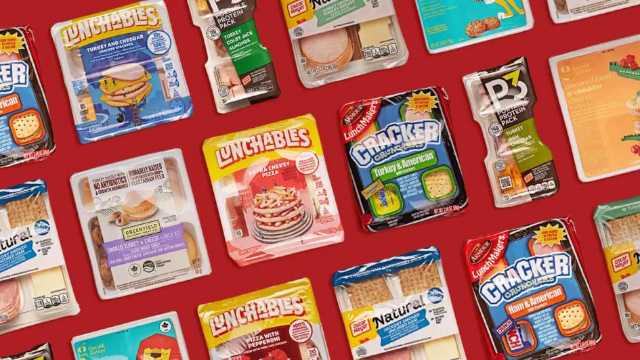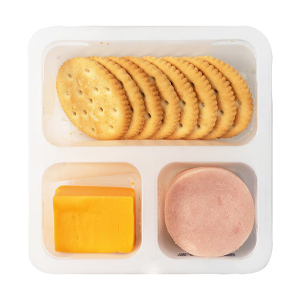What a tough week it’s been for Lunchables and their competitors in the public eye! The popular kids’ lunch ‘kits’ first took a beating over their nutritional value. Now, Lunchables are fingered for high lead content…

Last week, we told you about Consumer Reports dismal review of ‘Lunchables’ kids’ lunch kits’, focusing on their nutritional value. Or, more specifically, their relatively poor nutrition profiles.
The main issue, as far as that post is concerned, was: “Should commercially-made products like Lunchables – even if purpose-made for lunching by kids – be allowed on school lunch menus?”
Consumer Reports (CR) offered some pretty convincing evidence to support it’s ‘ban’ stand.
There’s bad news, and bad news..
This week, more bad news, after reporters dug deeper into the Consumer Reports exposé. Later in the article, the magazine noted that Lunchables brand and many of its competitors contained high levels of heavy metals. The headliners on that black list are lead and cadmium.
The US standard for measuring heavy metal content in foods is – by default – California’s maximum allowable dose level (MADL). There are no official federal limits for heavy metals in most foods.
The rundown
With that in mind, Consumer Reports found high lead levels in ‘Lunchables’-type products it tested ranged from a low of just 7 percent of the MADL to a whopping 74 percent.
The worst offenders on their list were ‘Lunchable’ brand varieties: Turkey and Cheddar Cracker Stackers, Pizza with Pepperoni, and Extra Cheesy Pizza. They topped the range with lead contents of 74, 73 and 69 percent, respectively. Close behind was the Armour LunchMakers Cracker Crunchers Ham & American kit at 67 percent. And rounding out the over-50 percent group was the Good & Gather (Target) Uncured Ham and Cheddar Cheese Lunch Kit at 57 percent.
Why lead is bad
Lead is the most common of all heavy metals that show up in food. And it’s been shown to be particularly dangerous for school aged children.
“Lead poisoning occurs when lead builds up in the body, often over months or years,” The Mayo Clinic explains. “Even small amounts of lead can cause serious health problems. Children younger than 6 years are especially vulnerable to lead poisoning, which can severely affect mental and physical development. At very high levels, lead poisoning can be fatal.”
The problem starts with ‘natural causes’. “Lead in the environment can be taken up by plants and ingested by animals and enter the food supply. Lead is more common in certain foods and in foods grown in geographical areas with higher levels of environmental lead contamination.”
Follow-on opportunities for lead to enter the food chain come during processing. And lead in pottery glazes can leach into food stored or prepared in certain clay vessels.
Lead poisoning symptoms in children
Signs and symptoms of lead poisoning in children include:
- Developmental delay
- Learning difficulties
- Irritability
- Loss of appetite
- Weight loss
- Sluggishness and fatigue
- Abdominal pain
- Vomiting
- Constipation
- Hearing loss
- Seizures
- Eating things, such as paint chips, that aren’t food (pica)
My take
Lead poisoning has been taken very seriously by public health authorities at al levels for decades. Lead paint in homes is right up there with asbestos as a ‘most dangerous’ health threat.
But it remains a problematic issue due to the uncontrollable agricultural environment factors. Ans well as the rise of processed food, and the increasing intensity of processing has also increased the risk.
Given that children are particularly susceptible to serious effects from lead ingestion, the discovery of high lead levels in kids; lunch kits is definitely cause for concern.
~ Maggie J.

